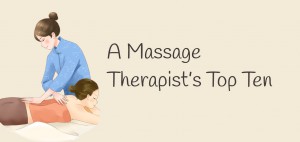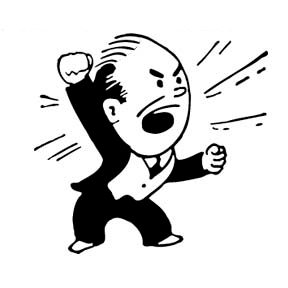A Massage Therapist’s Top Ten
Debates roar among massage therapists about which are the best oils, the best draping, and the most effective techniques. Yet never have so many argued so passionately about this question: whether to start clients in the supine or prone position. O the polarity! So many have crusaded with passionate arguments about breath patterns, face-cradle wrinkles, […]


